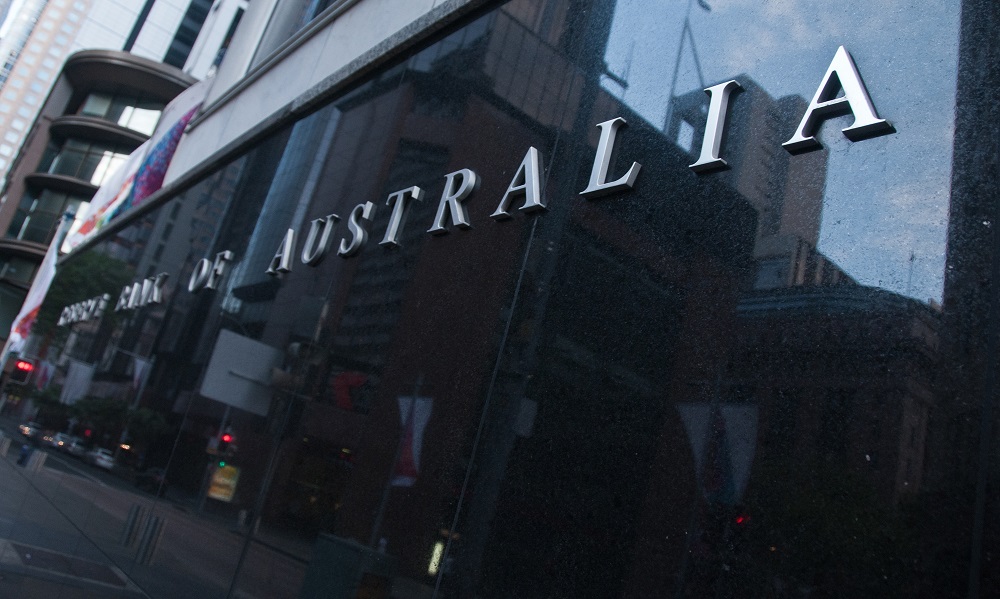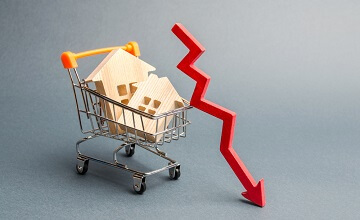Quarterly Economic Update: Oct – Dec 2023
Global growth is forecast to slow and remain below its historical average in 2024, reflective of tighter monetary policy in advanced economies, as well as a soft outlook for China.
Australians can expect higher prices, higher interest rates and higher population growth, with economic growth and unemployment decreasing.
Inflation continues to bite
With a new Governor at the helm of the RBA, and inflation tracking down since its peak in the December quarter 2022, public sentiment hoped that rate rises would be paused. However, the RBA delivered another rate hike at the November 2023 meeting, bringing the official interest rate to 4.35% – the highest level since 2011.
It is likely that an increase in the monthly CPI indicator was a key trigger for the RBA to raise rates, as the monthly indicator rose to 5.2 per cent in August, and then rose again to 5.6 per cent in the September data. However, the next monthly data point, for October (which came out after the November rate rise) had inflation decreasing to 4.9 per cent.
Services inflation remains high and was the primary driver of stronger-than-expected underlying inflation in the September quarter.
Interest rates – will they or won’t they?
The RBA continues to be cautious about the inflation outlook for Australia for several reasons: high and sticky inflation in the services market, house prices recovering sooner than anticipated, a tight labour market and increasing population growth due to migration.
A survey of 40 economists by the Australian Financial Review shows that the median forecast is that the RBA will start cutting rates in September 2024, whilst the bond market is projecting an easing of rates by mid-2024.
The RBA will meet only eight times in 2024, reduced from 11, beginning in February – following an independent review ordered by the Treasury. Coupled with the RBA governor’s commitment to return inflation to the target range of 2-3%, more rate hikes may be on the cards.
Holiday spending to remain flat
A survey by Roy Morgan forecast shoppers to spend $66.8 billion during the pre-Christmas sales period, only up 0.1% from the same period in 2022, likely as a result of cost of living impacts.
Sales spending for the Boxing Day period to December 31 was expected to be about $9 billion, including $3 billion on Boxing Day itself, as retailers prepared larger discounts than usual after a slow year.
Hot Property
House and unit prices grew steadily in 2023, with a national annual growth rate of 5.42% (6.54% in capital cities). The main drivers include the highest net overseas migration levels ever recorded, few vacant properties and stronger demand for established homes due to the construction industry facing capacity and cost issues.
This growth forecast is expected to continue as most experts believe demand for housing will continue to outstrip supply. However, Australia’s cost of living increases and interest rate uncertainty will keep biting—leading to weaker price growth than previous years.
The rental market remains in a critical shortage of available dwellings according to SQM Research. Due to the ongoing supply and demand imbalance, the market is expecting capital city rental increases of 7-10% for 2024, on top of an average 10% market increase in 2023.
The information provided in this article is general in nature only and does not constitute personal financial advice.






